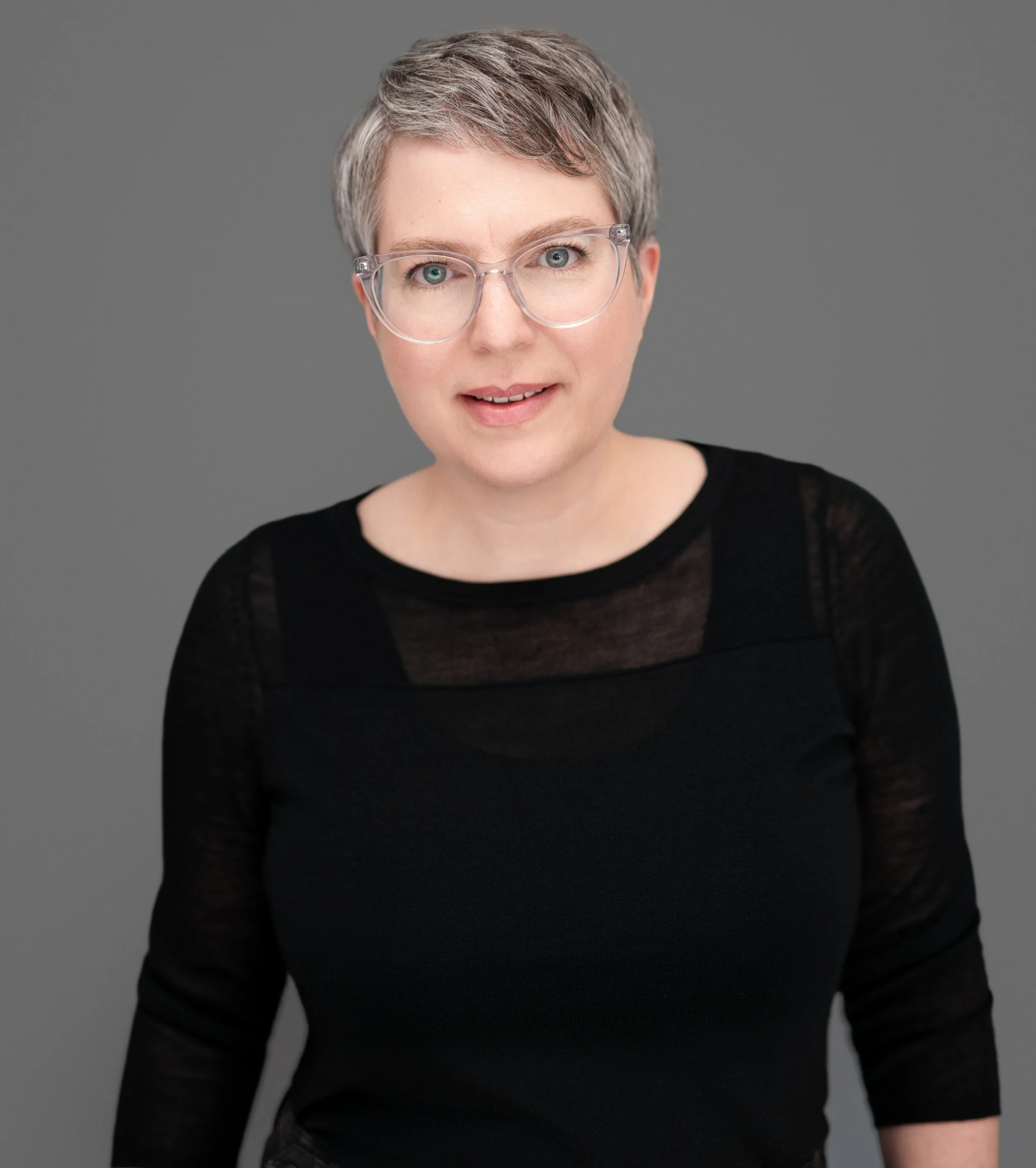Credit: Samantha Annette Photography
As a science communicator of the visual variety, I produce illustrated explanatory diagrams and data visualizations.
I’m the author of Building Science Graphics (published by A K Peters/CRC Press) and a senior graphics editor at Scientific American. My goal with every project for the magazine is to develop images that engage, inform, and inspire both specialist and non-specialist readers. My strengths lie in understanding, interpreting, and communicating scientific content visually, whether it be conveying a complex concept or process through illustration, or helping a reader navigate a story. Sometimes I create the final renderings myself. But as the work on this site demonstrates, I also hire and collaborate with freelance illustrators, data designers, and researchers on a project-by-project basis.
I’ve been a graphics editor at Scientific American since 2007. But my history with the magazine goes back to 1996, when art director Ed Bell hired me as an intern straight out of the science illustration graduate program at U.C. Santa Cruz. (As an undergraduate at Smith College, I double-majored in geology and studio art). That internship led into an assistant art director position, and I stayed with the magazine for a few years before heading south for a job at National Geographic magazine, first as an assistant art director/researcher hybrid, then a designer.
Leaving National Geographic wasn’t an easy decision, but the time was right to travel north again, and I started my own business. As a freelancer, I focused primarily on designing, art directing, and illustrating book and magazine projects for clients including National Geographic, Scientific American, McGraw Hill, The Cooking Lab, Intellectual Ventures, and The Rockefeller University. The pull of Scientific American was strong, however, and I feel fortunate to be back working full-time where I started.
I love to read and think and talk and write about science graphics, the history of visualizations in Scientific American, and ways that we can all get better at conveying science-centric content with visuals.
Also, I’m pretty sure that I have the most complete private collection of pre-1979 occurrences of the black and white stacked line chart eventually made famous by Joy Division’s Unknown Pleasures album cover, including a copy of Harold Craft’s 1970 doctoral thesis on radio observations of pulsars from Cornell University.
If you’re interested in stepping into the world of science graphics and have questions about my path, I recommend these two articles: “Scientific American’s Senior Graphics Editor on the Power of a Good Science Illustration” (by Liz Stinson, for AIGA Eye on Design), and “Jen Christiansen: Sketching the Unknown” (by Gabrielle Ahern, for The Brilliant). And, of course, I recommend my book Building Science Graphics, which includes autobiographical details and a ton of resources.
